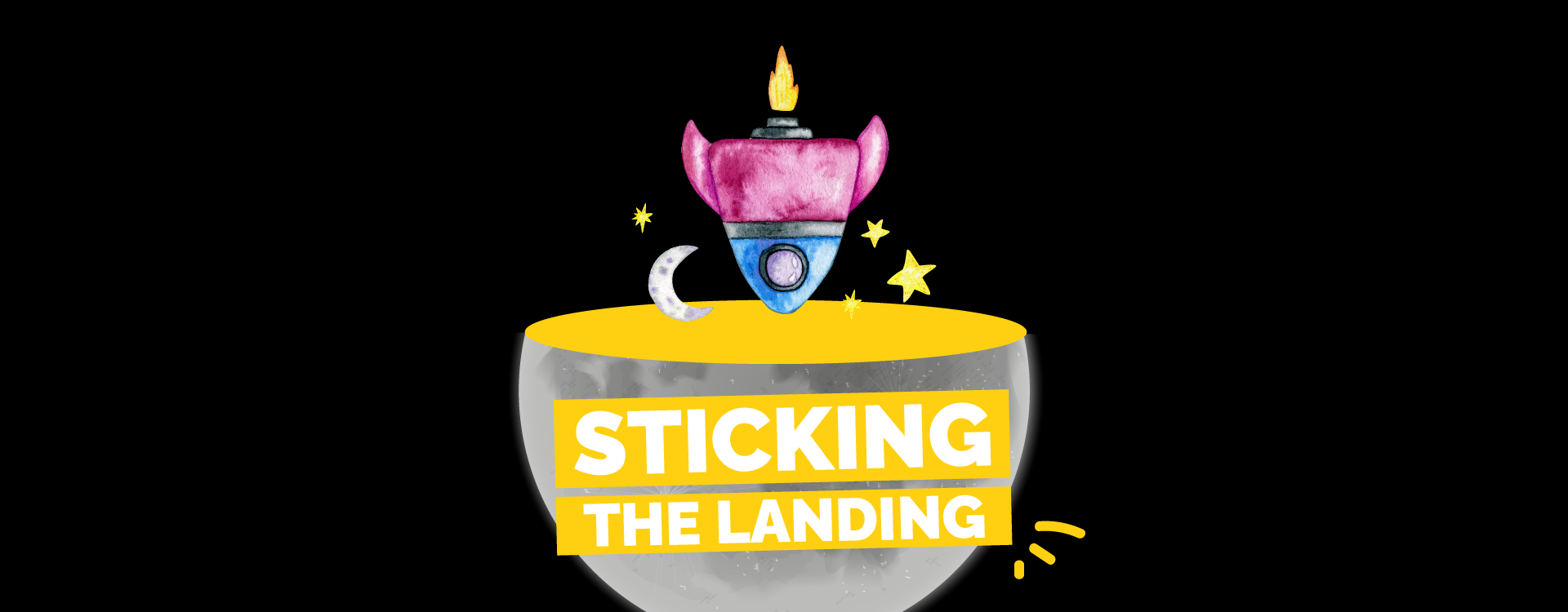
If your website is your storefront, then the landing page is your warm greeting, cash register, and clipboard newsletter signup form.
Your landing page serves one supreme purpose: turning browsers into buyers.
It’s a page that’s able to stand on its own as a representation of your business. And, above all, it should be optimized for conversions.
By “conversions” we’re referring to any activity that inspires visitors to become customers. You want to instill the desire in your potential clients to perform a specific action. From making purchases to signing up for features or promotions with their personal email, your landing page is there to create action.
Your landing page creates an exchange of personal information. It’s all about communicating your most basic, action-oriented information and dropping a helluva CTA. Save your description of brand identity and business proposition for your home page.
To that end, actually crafting the perfect landing page requires a delicate balance of design, functionality, and user psychology.
With the supreme lack of patience exhibited by people online (god help you if your website takes more than 10 seconds to load), it’s absolutely imperative that your landing page gets a person’s attention and gains their trust before you’re done counting the fingers on your right hand.
Here are some things to keep in mind when designing your landing page.
Conversion Path
Your conversion path begins with the advertisement of a specific promotion or feature – something irresistible. Usually, this begins with a form to fill out on your landing page that promises more information about the promotion or feature. Once this is filled out, an email with the information your visitor was hoping to learn about can be sent. While that happens, your visitor can be redirected to a thank you page wherein you can express your gratitude and lead to the main body of your website. This all sounds relatively simple until you remember just how cautious people are about giving out their personal information. This leads directly into our next talking point…
Inspiring Trust
This can be done in a myriad of ways, and here are some good ones.
- Give a little bit
If people are going to hand over personal information, they’re gonna want to know you are who you claim to be. A great way to do that is to actually give a small portion of the materials you’re offering to customers before they hit the paywall. Customers will see its value and be inspired to go further
- Just the facts
In the new age of information, detailing verifiable facts about your business is essential. Furthermore, these cold hard facts gain trust. It’s impossible to truly debate validated data (although many have tried.)
- Testimonials
There’s nothing more encouraging to potential customers than the rave reviews of others. So, if you’ve got people telling you just how amazing they think you are, why not ask them to do a quick writeup for use on your landing page?
Hooky Headline
Words have great power, and your landing page headline is the first thing people see, so you’re gonna want your writing to be about as impactful as copy can get. Make sure it’s innately relevant to the power of your product so that people aren’t tempted to click away. Your headline needs to relate to the user journey and contain active words that inspire action. Additionally, your headline should be written like a value proposition, emphasizing what potential customers can get out of your product or service that they simply couldn’t get anywhere else.
Scannable Text
Internet users scan more than they read and process, so your landing page absolutely needs to relay its information in a way that communicates in a blink. This means keeping your header simple and your content organized in a visual hierarchy that attracts and leads the eye. Your headings and subheadings are where your most important information should be. To more easily attain this result, consider using the F Pattern, which is a site layout that follows the natural thought processes and eye movement of the reader. Your users naturally begin reading your heading, proceed down to the next row, and so forth.
What You Offer
Certainly your features are great and worth talking about but, more often than not, the benefits you offer are a much higher selling point. And, because the sole purpose of your landing page is conversions, it should prominently feature the benefits your brand offers. Focus on how customers benefit from your features and save the actual features copywriting for the interior of your site.
A Killer CTA
Great Calls To Action should inspire people to dig deeper. Many businesses choose to offer something for free in exchange for personal information, such as samples or a trial. However you do it, your CTA needs to grab attention and inspire movement. Therefore it’s a good idea to have your CTA stress this with phrases like “try it for free” or “sign up” or “get started.”
Trial and Error
Continuous improvement is key. Implement A/B testing to experiment with different elements, from colors to layout, and analyze user behavior. This iterative process helps fine-tune your landing page for optimal performance.
Creating the perfect landing page is an ongoing journey that involves a deep understanding of your audience and a commitment to refining your approach. By focusing on these key factors you can elevate your landing page from a mere entry point to a conversion powerhouse. Keep experimenting, stay attuned to user feedback, and let your landing page evolve with the dynamic digital landscape.